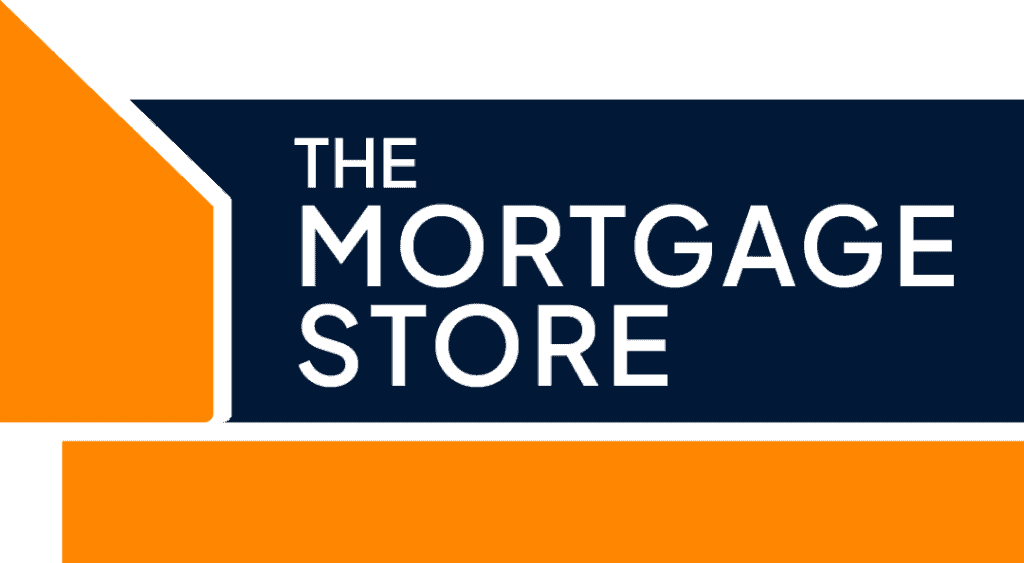Buy-to-Let Mortgages
Investing in real estate has long been a popular avenue for generating wealth and securing financial stability. In the United Kingdom, one of the most common ways to enter the property investment market is through buy-to-let mortgages. If you’re considering delving into this lucrative field, it’s essential to understand what buy-to-let mortgages are, how they work, and the factors to consider before taking the plunge.
Understanding Buy-to-Let Mortgages:
Buy-to-let mortgages are specialized loans designed for individuals who want to purchase a property with the intention of letting it out to tenants. In essence, it’s a way to become a landlord and generate rental income. These mortgages differ from regular residential mortgages, as they take into account the potential rental income when determining eligibility and loan terms.
Key Benefits of Buy-to-Let Mortgages:
Rental Income: The primary advantage of buy-to-let mortgages is the opportunity to generate a steady stream of rental income. This income can help cover the mortgage repayments and potentially lead to profit.
Property Appreciation: Over time, properties have the potential to appreciate in value, providing investors with capital gains when they decide to sell.
Portfolio Diversification: Investing in real estate diversifies your investment portfolio, reducing overall risk. While stocks and bonds can be volatile, property tends to offer more stability.
Tax Deductions: Landlords can benefit from tax deductions on various expenses, including mortgage interest, property maintenance, and management fees.
Important Considerations:
Research and Location: Thoroughly research potential locations for your investment property. Consider factors like demand for rental properties, local amenities, and future development plans.
Financial Planning: Calculate your budget accurately, factoring in not only the mortgage repayments but also additional costs like insurance, maintenance, and potential void periods without tenants.
Mortgage Rates and Types: Buy-to-let mortgages come with different interest rates and repayment options. Fixed-rate mortgages provide stability, while variable rates might offer lower initial payments.
Lending Criteria: Lenders assess buy-to-let mortgage applications based on factors such as rental income, your credit score, and the property’s potential for generating income.
Exit Strategy: Have a clear exit strategy in place. Whether you plan to sell the property after a few years or use the rental income as retirement funds, a well-defined strategy is essential.
Steps to Obtain a Buy-to-Let Mortgage:
Research Lenders: Compare lenders to find the best rates and terms for your investment. Consider both traditional banks and specialist lenders.
Assess Affordability: Lenders typically require rental income to cover 125% of the mortgage payment. Calculate whether your potential rental income meets this criterion.
Prepare Documentation: Gather necessary documents, including proof of income, property details, and a business plan outlining your rental strategy.
Application Process: Submit your application and await approval. The lender will assess the property’s rental potential and your financial stability.
Valuation and Legal Checks: The lender will conduct a valuation of the property and perform legal checks before finalizing the mortgage.
Mortgage Offer: Upon successful checks, the lender will provide a mortgage offer detailing the terms and conditions.
Completion: Once you accept the offer, the legal processes are completed, and the mortgage funds are released.
Conclusion:
Investing in buy-to-let mortgages can be a rewarding venture, offering a combination of rental income and potential property appreciation. However, success in this field requires thorough research, careful financial planning, and a comprehensive understanding of the mortgage process. By considering the key benefits, important considerations, and necessary steps, you’ll be better equipped to make informed decisions and embark on a successful buy-to-let investment journey in the UK.
Why The Mortgage Store?

Potentially source a better rate

Find out your upgrade options







